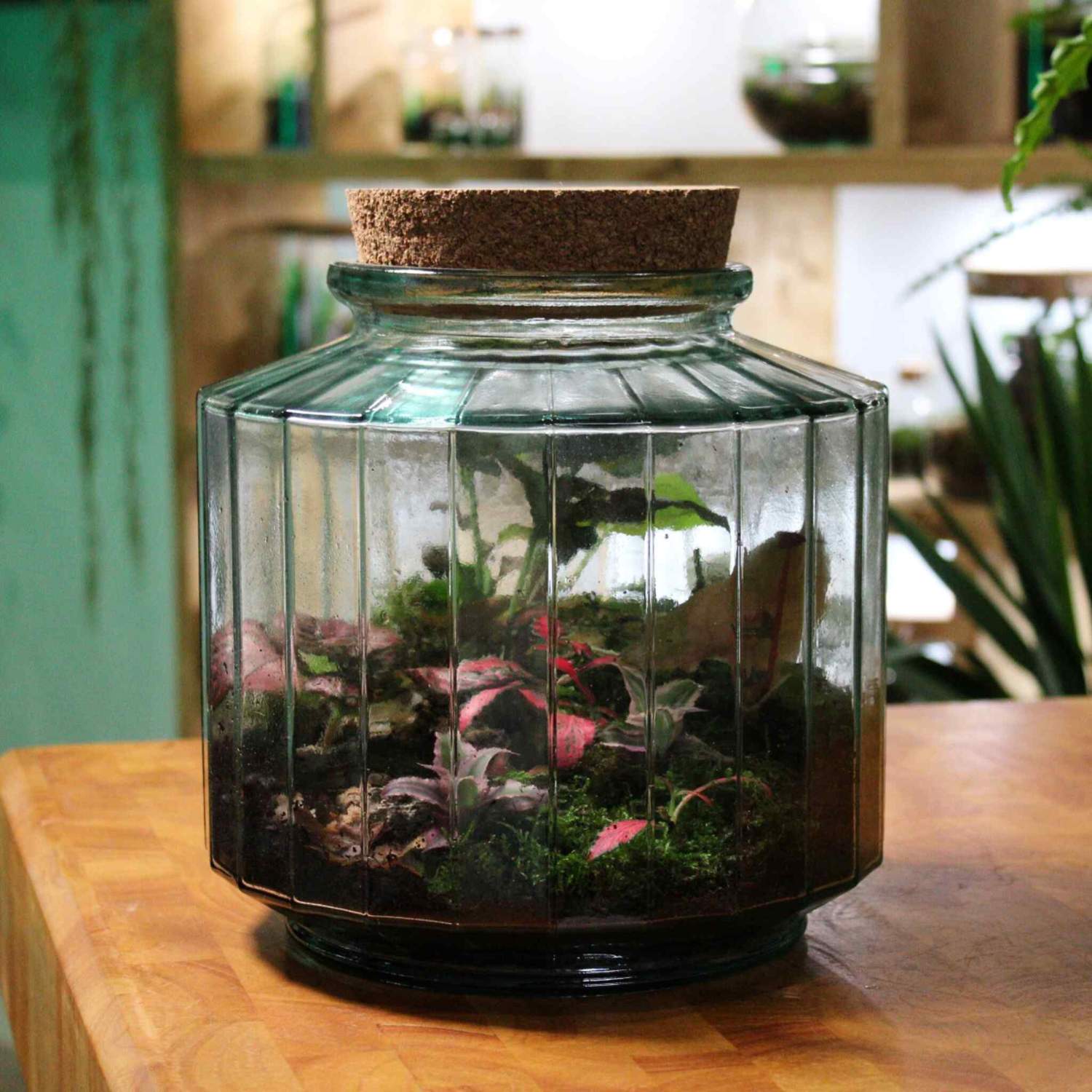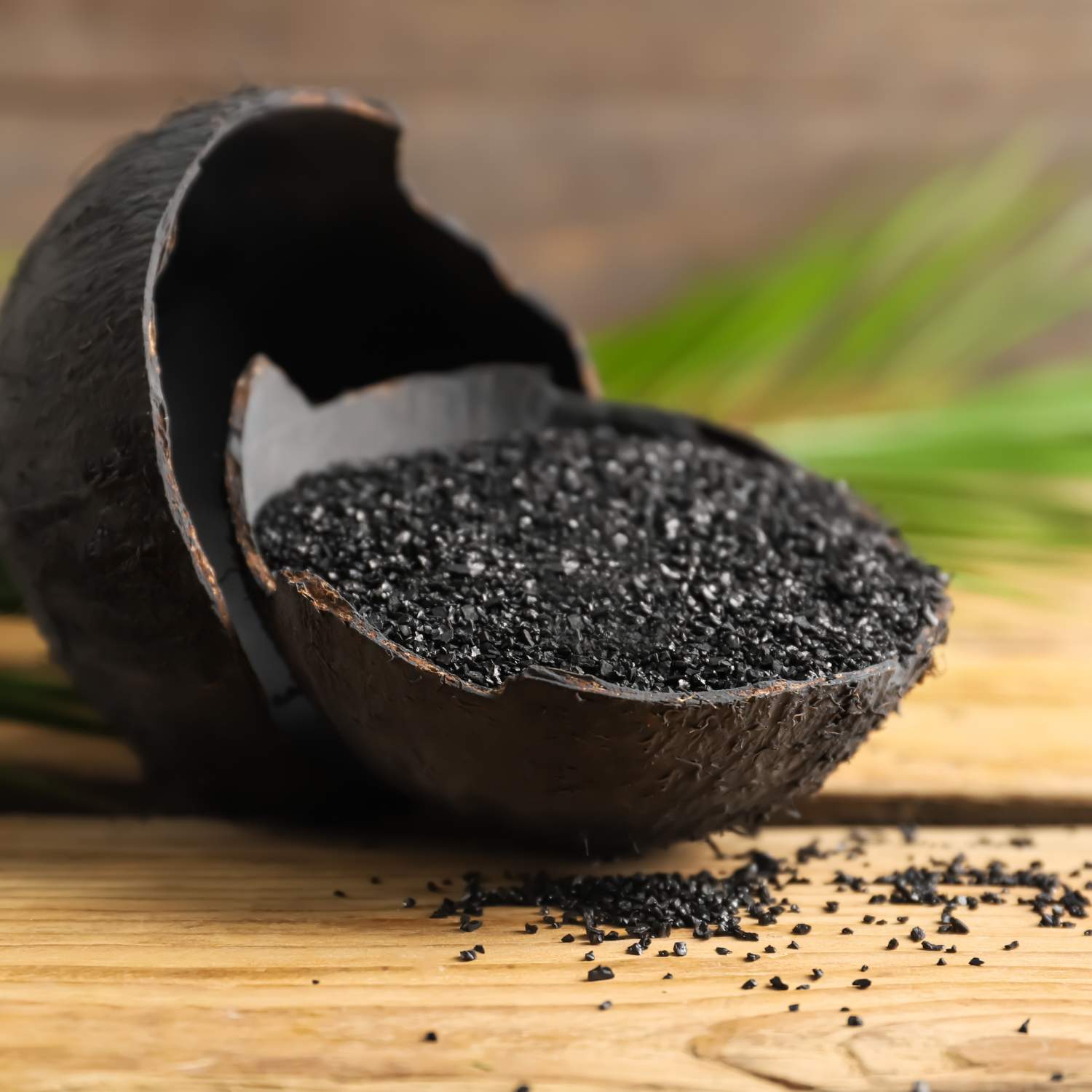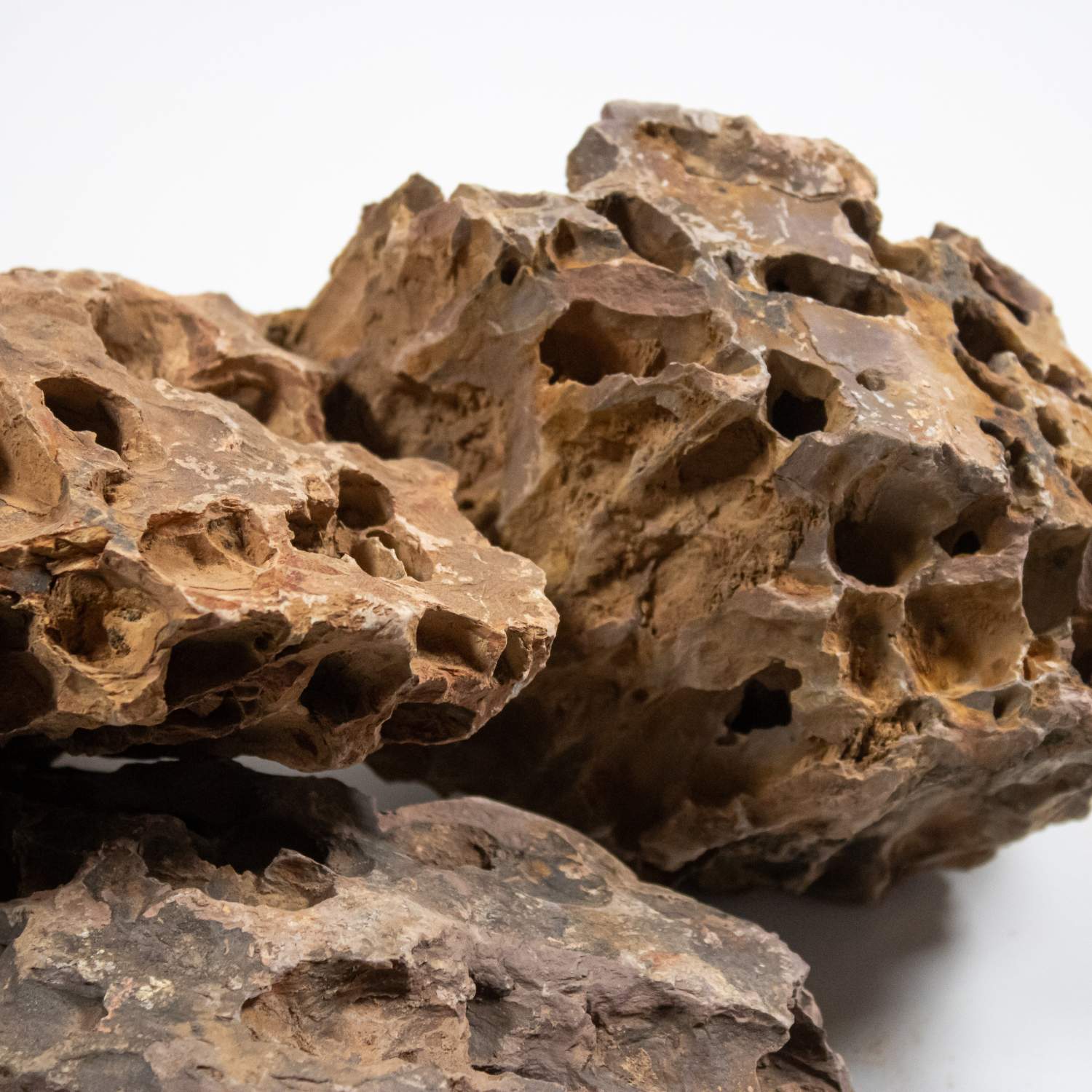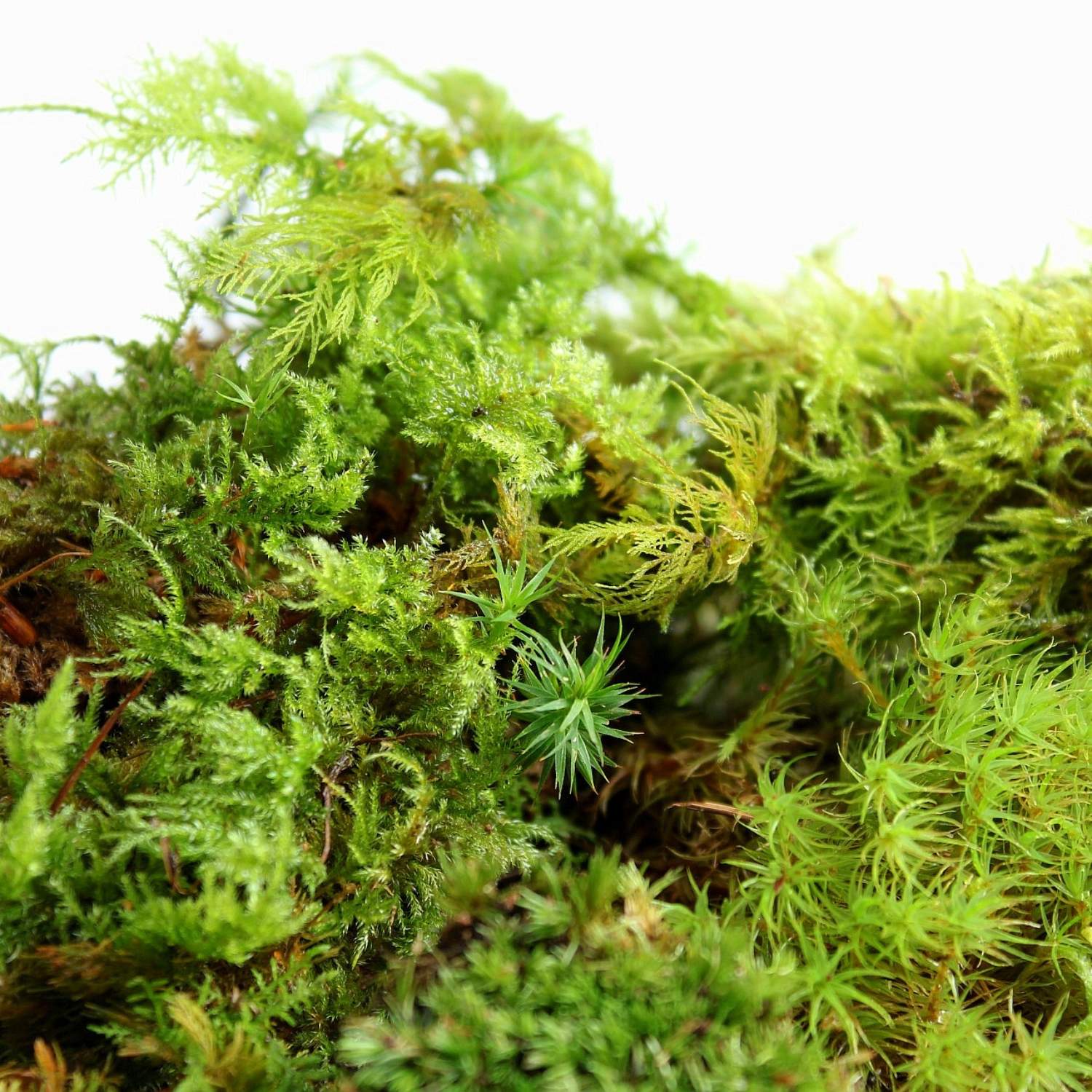How to Make a Free Terrarium (Sustainable Guide)
Making a terrarium is a lot of fun (obviously we’re a little biased), and there are many ways to do it.
None, though, are quite as satisfying as finding and foraging every component of your ecosystem yourself - encapsulating a genuine bit of nature to flourish in your home.
It’s an affordable and engaging way to build and a great excuse to get outside.
Let me show you exactly how to do it.
In this guide I'll include how to forage absolutely every element needed to make a terrarium
Quick Read
Ethics
Now, before I wrote this article I had a conversation with a few other green-fingered Instagrammers, and some very keen points were made regarding the ethics of foraging for your terrarium.
Many consider removing anything from nature – be it stone, moss or plants, destructive to the environment and ultimately unsustainable.
There is a lot of validity to this claim.
For example, if everyone were to go and forage moss from their local forest regularly, it wouldn’t take long for that woodland to become barren.
Everything that is in nature is there for a reason – no matter how small, each stone, each leaf and each grain of sand has arrived at its destination through the incredible symbiosis that is life on Earth.
No one needs reminding of the role of humans in the severe damage and destruction of nature, so at this point, you may be wondering why we’ve written this article at all.

Terrarium at ome are made using farmed plants and sustainably harvested moss
While it is true that taking anything from nature at all can upset a balance, whether micro or macro, we must also consider the alternative which would be to purchase all of your components either locally or via the internet.
Consider all of the factory and warehouse space, the mileage and CO2 emissions necessary for delivery and the potential mass harvesting encouraged by online consumerism.
Even if you purchase from companies with green credentials, there is no sure-fire way to guarantee you aren’t leaving some negative mark on the planet.
I’m not here to slap wrists, but I will reassure you that there are eco-friendly ways to forage your components to build an ecosystem and celebrate nature guilt-free.
I also must disclose, as there are a few mentions of the law in this article, I am not a legal expert and you should certainly do your research as my word is not law…yet.

A terrarium I made using vintage glassware I found in a thrift shop
1 | Glassware
Your first port of call will be your container. What you choose will determine the quantities of all the other materials you need.
Selecting your glassware first, then, can ensure you don’t take anything more from nature than what is necessary – therefore minimising your impact.
Mason jars are an absolute winner for an upcycled terrarium project; they’re made of clear glass, are fitted with a securable lid and come in many sizes.
This is a common household item, though not your only option:
You could also consider old jam jars, teapots, or whiskey bottles.
You don’t even have to have something made from glass.
Though it won’t look nearly as crisp, plastic is also a suitable alternative. There’s also the added eco-bonus of recycling the notoriously harmful material.

LECA is our usual go-to for drainage, but gravel works nearly just as well.
2 | Drainage
For your drainage layer, as usual, you’ll want some sort of gravel or sand.
You may be lucky enough to find something like this in your garden.
If not, see if anyone you know would be willing to part with a little of their driveway gubbins to support your ecosystem.
Please make sure you’re not taking materials away from anyone’s property who hasn’t given consent, or an area where it’s clearly vital to the ecosystem.
You must not take sand from the beach, as this is illegal and could contribute to the degradation of the environment.
Make sure to sterilise any gravel or sand you manage to acquire.

Charcoal can help keep out harmful toxins and odours
3 | Charcoal
You don't have to incorporate charcoal into your terrarium, but it certainly can help to maintain a healthy environment.
While activated charcoal is the ideal version to use, due to its incredibly high surface area, regular charcoal will still perform great work in removing toxins from the soil layer.
If you have BBQ charcoal, break some pieces down into small chunks and cover your drainage layer.
Again, if you don’t have any charcoal, ask a friend who’s known for their grill skills.
Not essential, but great if you’ve got it.

It's important to match your substrate to the conditions required by your plants.
4 | Substrate
If you’re considering making your own terrarium I’m betting you’ve probably got some potting soil lying around the house.
In an ideal situation, one would use a custom soil mix that perfectly suits the plants used.
Though in the interest of being savvy, any household potting soil will do, providing it is not going to damage your flora.
You can use soil from your back garden, but you must make sure to remove and return any worms and critters before use – and of course to sterilise your soil mix first.

Certain stone haves holes and cracks that add extra definition to your design
5 | Hardscape
Depending on the size of your terrarium, you may want to add a little texture to your design with some wood or stone.
If you’ve got some bits lying around in your or a friend's garden, great!
If not, you can take small sticks and fallen branches from a public woodland or pathway.
It is advisable, however, to get in touch with the body responsible for the land to enquire regarding the best way to go about this – as there may be conditions associated or a total ban.
Make sure not to take anything from land that is not your own without the permission of the landholder.
It may seem tedious, but think about it; would you want some fella with a sack climbing over your fence and nicking all of your twigs in the dead of night?
I think not.

A wide variety of plants makes for a luscious, natural look. Forage responsibly!
6 | Plants
Now we get to the fun part of your ecosystem, life itself.
Of course, you can still simply purchase some small plants from your local nursery to fit inside your terrarium.
We do also have our own range of tropical terrarium plants available for UK buyers.
This is a sustainable way to create, though I appreciate many may not be in the position to do so.
If you have a garden or plants around the house that can be split/propagated then you can incorporate these into your design.
If you really want to forage, you must be as considerate as possible for the balance of nature.
It is illegal to fully dig up / uproot wild plants in the UK, however, you are within your right on public land to take a small portion of a plant or a cutting – provided it is not a protected species.
This is a great way to ensure you are not damaging the environment, by only taking a small piece that you are sure will grow back.
I have, in the past, taken small clumps of Wallrue spleenwort from walls within the city, as they will often get trimmed down / destroyed regardless.

Woodlands offer a mass of moss varieties ripe for terrarium tinkering.
7 | Moss
Much like with plants, it is vital to be considerate when removing patches of moss from the Earth.
Moss is one of the oldest organisms to live on land and we must endeavour to protect it.
If you’re like me, you have a strange love for the aesthetic of moss and would hate for it to be lost through greed.
That being said, it is ok to take a small bit of moss or lichen from a large patch that you may find growing in public land.
Make sure to only take a small amount so that patch will regrow, and if you wish to take more you do so in a completely different location.
Some would argue that no moss should be removed whatsoever, and I won’t disagree, though I would question whether there is any source of any material that could be said to have no detrimental effect on the planet.
8 | Get Making
You’ve now got everything you need to make a terrarium. And, what's more, you (probably) didn’t have to spend a penny.
Neat, huh?
Make sure to follow us on Instagram for tips and tricks along the way.
As always please feel free to subscribe to our mailing list if you’d like updates on new articles, collections and products via email.
- Joe










Estoy encantada ,es tan maravilloso lo que haces,la naturaleza en pequeño.Divino todo.
Hi Joe, I’ve just ordered my first terrarium for Christmas. Very excited! Is there any chance you could send me your beginner’s guide by email, so I can print it off easily, without all the photos? I want to sit down with a cuppa and a highlighter pen and get learning! Thank so much. I’ll make it worth your while by coming back to you for all my supplies when I’m inspired! Warm wishes, Holly x PS Any other guides would be a bonus. Thanks again.
This whole concept is something that looks great for kids to get involved with as a project.
Thank you so much for all the information
Will definitely give it a try.
Just one question, can you use most indoor plants as this is something I’m not sure of,small indoor plants of course .
Thanks again
Came over to your page as litte eden terriaums mentioned you
Leave a comment